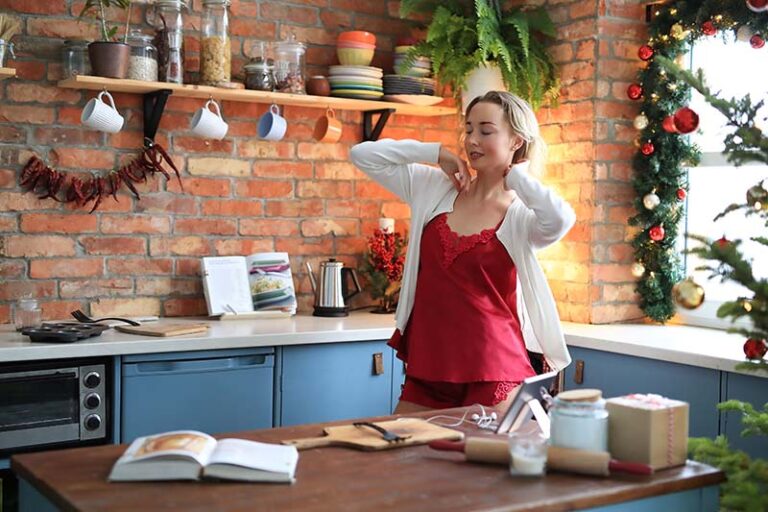Color has a profound impact on the ambiance of a space and our psychological response to it. In home decorating, leveraging the psychology of color can transform rooms into nurturing environments, tailored to the moods and feelings you wish to evoke. This article explores the nuances of color theory in home decor to establish specific atmospheres in different areas of your home.
Understanding Color Psychology:
- Impact of Colors on Mood: Different colors can stimulate various emotional responses. For example, blue is known to induce calmness, red can arouse excitement, and yellow often brings a sense of happiness.
- Warm vs. Cool Tones: Warm colors, such as reds, oranges, and yellows, are invigorating and welcoming, making spaces feel cozier and more intimate. Cool colors, like blues, greens, and purples, provide a sense of calm and relaxation, often making rooms feel more spacious and serene.
Applying Color Theory in Different Rooms:
- Living Room: This space should balance relaxation with sociability. Neutral walls can be enlivened with colorful accents in pillows or art. For a calming effect, consider soft shades of blue and green. To add warmth and energy, incorporate touches of orange or red.
- Kitchen: Kitchens benefit from colors that stimulate appetite and conversation. Earthy reds and oranges can create a vibrant and warm atmosphere. For a more modern and clean look, consider bright whites with accents in green or blue.
- Bedroom: The bedroom should be a restful retreat. Pale blues, soft greens, or even muted lavender can contribute to a restful sleep environment. Neutral tones paired with soft fabrics and textures can also create a tranquil space.
- Bathroom: Bathrooms often aim for a clean and refreshing feel. Pale blues and greens can mimic the calming effect of water. For a more luxurious feel, deep navy or emerald green can add depth and sophistication.
- Home Office: Colors in the home office should aid concentration and motivation. Shades of green can promote balance and calm, while soft blues may aid focus. Accents in brighter colors like yellow or orange can stimulate creativity.
Combining Colors for Harmony and Contrast:
- Color Schemes: Understanding color schemes such as monochromatic (varying shades of the same color), analogous (colors next to each other on the color wheel), and complementary (colors opposite each other on the color wheel) can help create a cohesive look.
- Contrasting Accents: Adding accents in contrasting colors can bring energy and vibrancy to a room. For instance, a room with blue tones can be energized with orange accents, like cushions, rugs, or artwork.
The Role of Neutrals:
- Foundation for Color Palette: Neutral colors provide a versatile background that allows for easy changes in decor. They are ideal for those who like to frequently update their space or for rooms where you want the focus to be on elements other than color.
- Creating Tranquil Spaces: Neutral colors are particularly effective in creating calm and relaxing spaces, ideal for areas meant for unwinding, like bedrooms or meditation rooms.
Lighting and Color Perception:
- Natural vs. Artificial Light: The quality and type of light in a room can change the appearance of colors. Natural daylight shows the truest color, while incandescent lighting brings out warm tones and fluorescent lighting casts a sharp blue tone.
- Adjusting Colors for Lighting: In rooms with limited natural light, choose lighter and warmer colors to make the space feel brighter. In well-lit spaces, darker colors can add depth without making the room feel closed in.
Personalizing with Color:
- Reflecting Personal Style: Your choice of colors should ultimately reflect your personal style and preferences. Use colors that you are drawn to and that make you feel comfortable and happy.
- Experimenting with Trends: While it’s important to consider the psychological effects of colors, don’t shy away from experimenting with trendy or unconventional colors. Sometimes, a unique color scheme can add a personal touch that resonates with your individuality.
Conclusion: Color is a powerful tool in home decorating, capable of transforming the mood and feel of a space. By understanding and applying the principles of color psychology, you can create a home that is not only aesthetically pleasing but also emotionally resonant. Whether you’re aiming for a calming sanctuary or an energizing space, the colors you choose play a pivotal role in achieving your desired ambiance.



